My Favourite Painting: The Duchess of Rutland
The Duchess of Rutland chooses a portrait of the woman who was her most eminent predecessor.


The Duchess of Rutland on Elizabeth, 5th Duchess of Rutland by George Sanders
‘Long before I became aware of how important Elizabeth, 5th Duchess of Rutland was to the history of Belvoir — her vision of the castle is the one we see today — I was drawn to this image of a beautiful young woman and, in fact, used it as inspiration for my wedding dress. I didn’t copy it, mine was bought off the peg, but it was a similar high-waisted confection of silk voile and lace.
‘She inspired me then and, 30 years later, I pass her every day and she inspires me still.’
The Duchess of Rutland is a podcaster and writer. Her book The Accidental Duchess is out now (Pan Macmillan, £22).
Charlotte Mullins on Elizabeth, 5th Duchess of Rutland
Regency aristocrat Elizabeth, 5th Duchess of Rutland, was described by the Gentleman’s Magazine as ‘one of the brightest ornaments of the English Court’. Aged 18, she moved from Castle Howard in North Yorkshire to Belvoir in Leicestershire to marry the 5th Duke, John Manners. Belvoir may have offered a ‘beautiful view’, but the existing Charles II house was squat and dull. The Duchess set about renovating it with Windsor Castle’s young architect James Wyatt, adding towers, parapets and crenellations to create the imposing castle that still exists today.
Her portrait by George Sanders shows her standing by a window in a voluminous white satin gown and oversized blue cloak. Her dark ringlets frame her face and her cheeks glow. She is a Society beauty, but she is also hard at work. In her left hand is a large, leather-bound book and in her right a stylus, as if she has just stopped working on her plans for the castle. Behind her, we glimpse the fruits of her labour — a new parapet thronged with fashionable ladies in feathered hats, who look out over the rolling grounds.
Little is known about the fashionable painter Sanders. Scottish by birth, he moved to London in the early 1800s and initially worked as a miniaturist before branching out into full-scale portraiture. He was much in demand and aristocratic sitters could spend upwards of 500 guineas on a portrait — the equivalent of about £25,000 now. But, as Country Life noted in 1953, ‘it is well known how soon the “bubble reputation” disperses upon the death of an artist’.
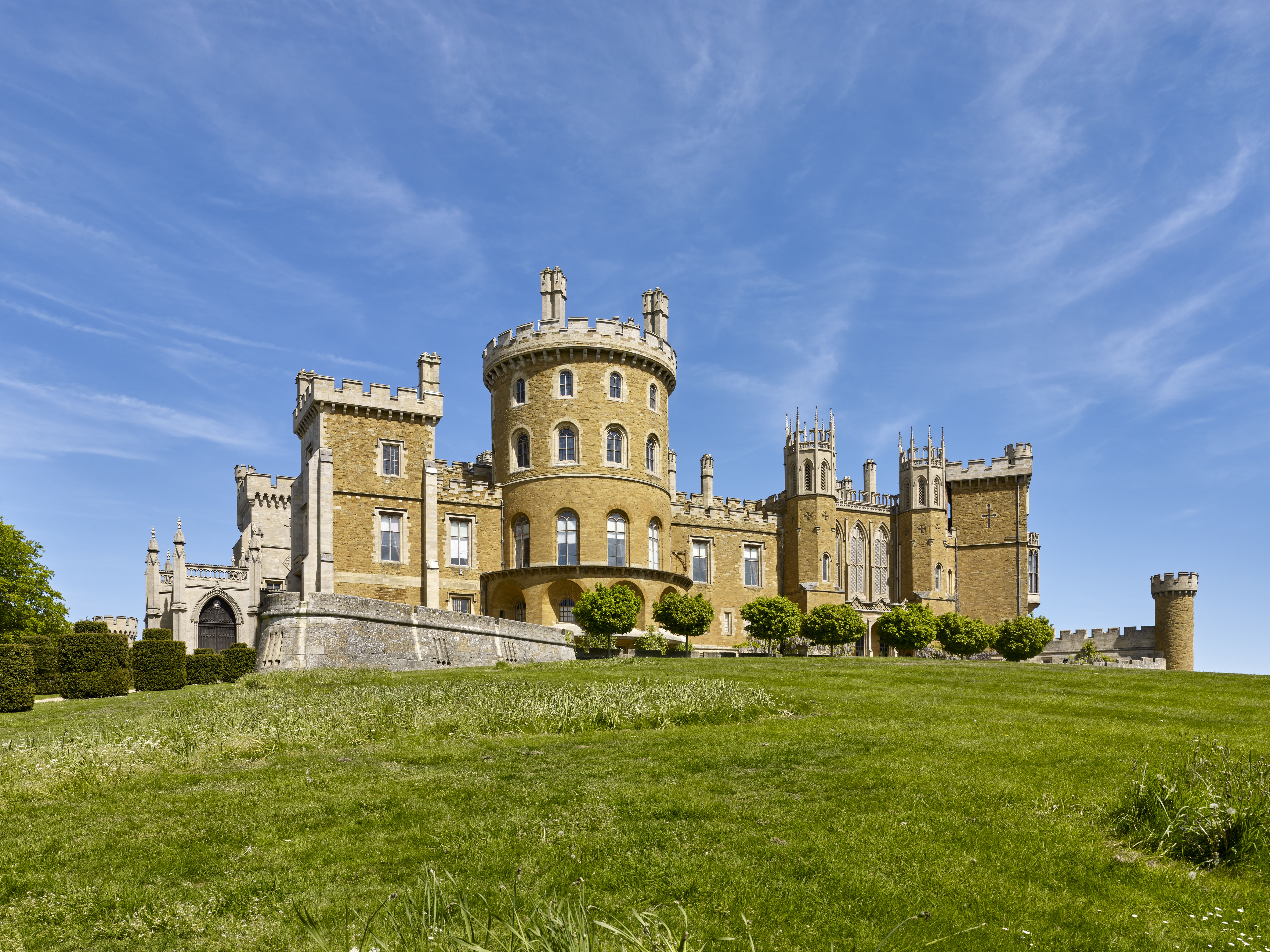
Belvoir Castle: From Norman conquest to Regency prodigy
New discoveries in the archives at Belvoir are fleshing out the history of this outstanding castle. John Goodall delves into
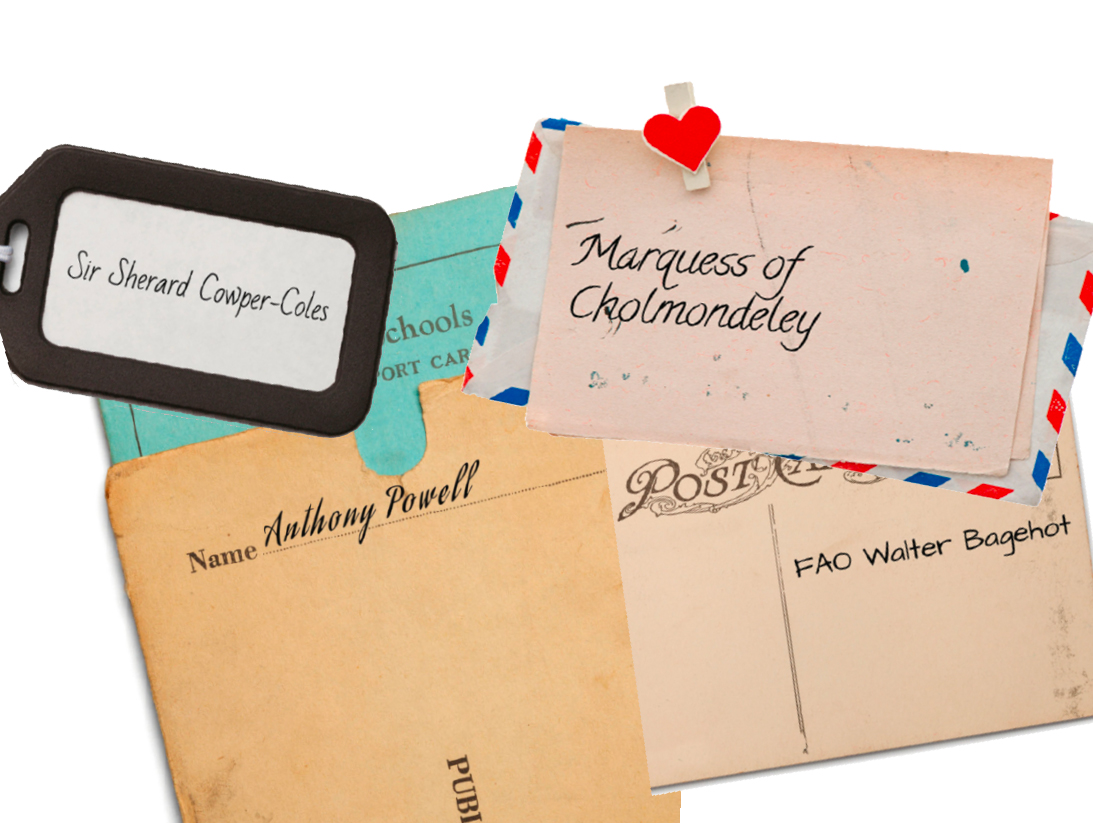
Credit: Alamy / Getty
Curious Questions: How do you pronounce Belvoir, Featherstonhaugh and Bagehot?
Even simple-looking names like Powell and Coke can trip up the unwary, while Belvoir and Featherstonhaugh are positive linguistic land
Exquisite houses, the beauty of Nature, and how to get the most from your life, straight to your inbox.

A drink for all seasons: Drinks fit for royalty, including a Duchess's gin and the Queen's top tipple
If you're part of the Royal Family, chances are you could probably use a nice, stiff drink right about now.

Charlotte Mullins is an art critic, writer and broadcaster. Her latest book, The Art Isles: A 15,000 year story of art in the British Isles, will be published by Yale University Press in October 2025.
-
 ‘Calf’s brains have a bland, gentle richness that soothes and cossets': Tom Parker Bowles on the joys of eating offal
‘Calf’s brains have a bland, gentle richness that soothes and cossets': Tom Parker Bowles on the joys of eating offalEating offal it is more sinned against than sinning, but it offers the ultimate in magnificent, fully immersive eating.
-
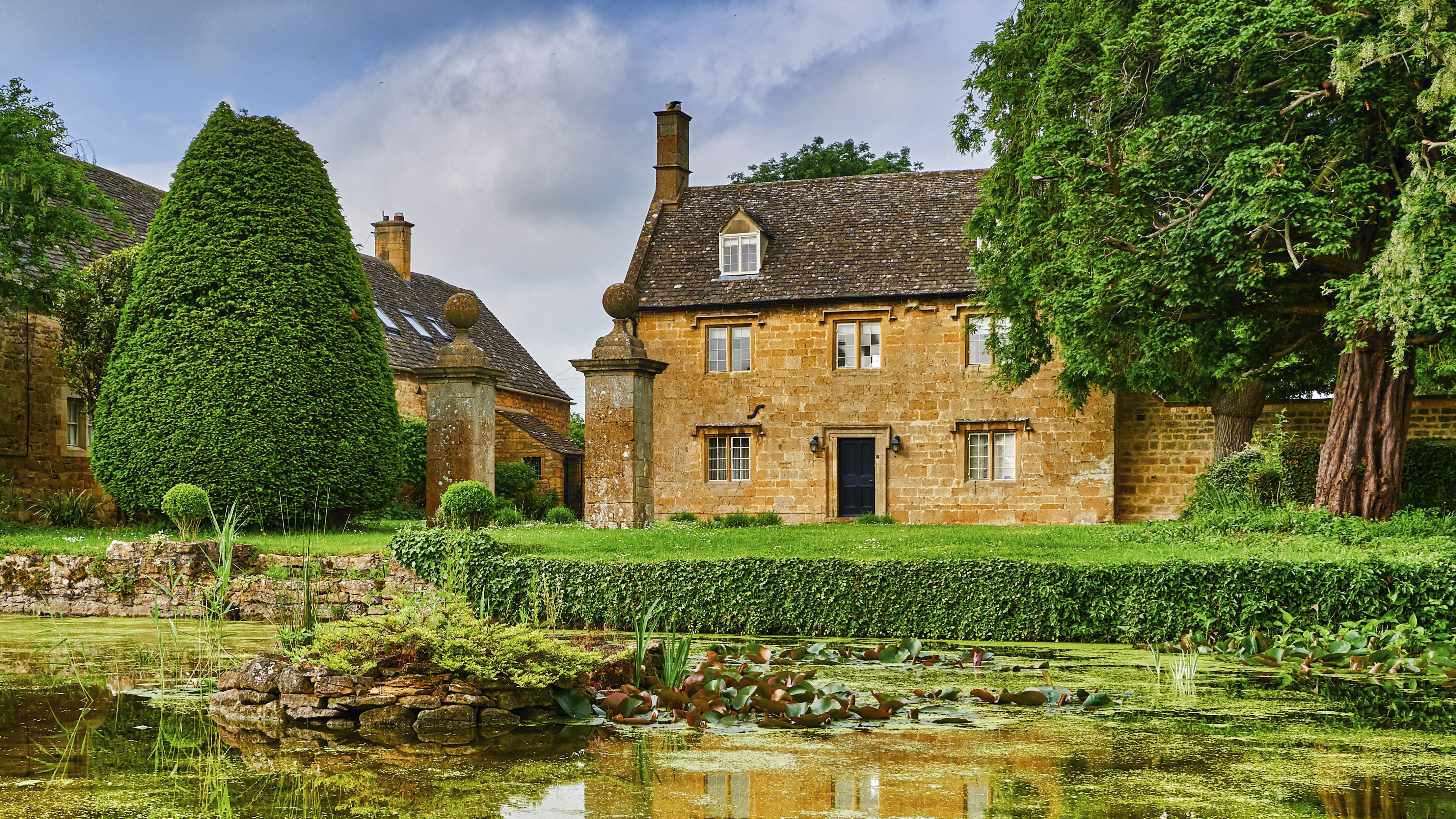 The wave of downsizing about to hit the property market in the UK
The wave of downsizing about to hit the property market in the UKThe Chancellor of the Exchequer's Budget — and specifically the 'Mansion Tax' — has fired a starting pistol for downsizers, and the waves will wash across the entire property market. Annabel Dixon spoke to property experts across the country to gauge how it will play out.
-
 'As a child I wanted to snuggle up with the dogs and be part of it': Alexia Robinson chooses her favourite painting
'As a child I wanted to snuggle up with the dogs and be part of it': Alexia Robinson chooses her favourite paintingAlexia Robinson, founder of Love British Food, chooses an Edwin Landseer classic.
-
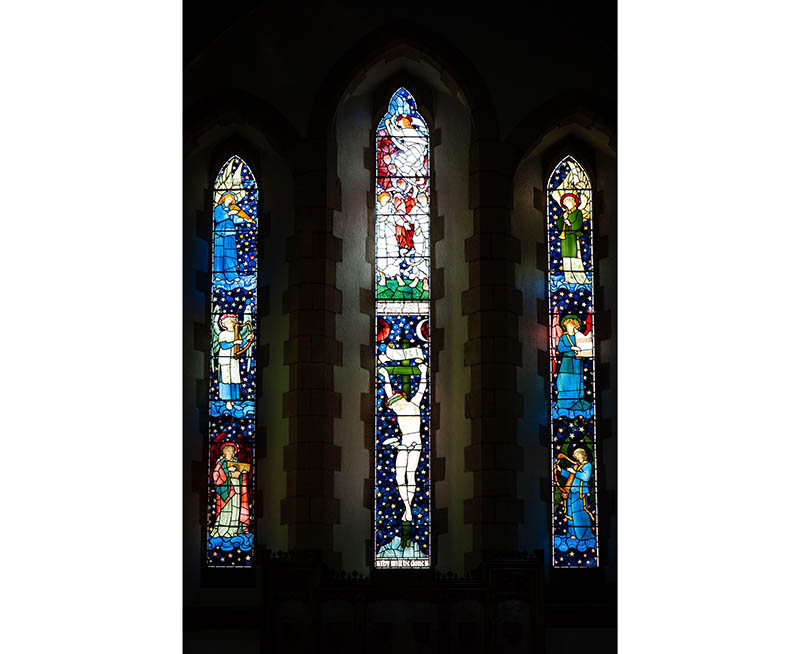 The Pre-Raphaelite painter who swapped 'willowy, nubile women' for stained glass — and created some of the best examples in Britain
The Pre-Raphaelite painter who swapped 'willowy, nubile women' for stained glass — and created some of the best examples in BritainThe painter Edward Burne-Jones turned from paint to glass for much of his career. James Hughes, director of the Victorian Society, chooses a glass masterpiece by Burne-Jones as his favourite 'painting'.
-
 'I can’t look away. I’m captivated': The painter who takes years over each portrait, with the only guarantee being that it won't look like the subject
'I can’t look away. I’m captivated': The painter who takes years over each portrait, with the only guarantee being that it won't look like the subjectFor Country Life's My Favourite Painting slot, the writer Emily Howes chooses a work by a daring and challenging artist: Frank Auerbach.
-
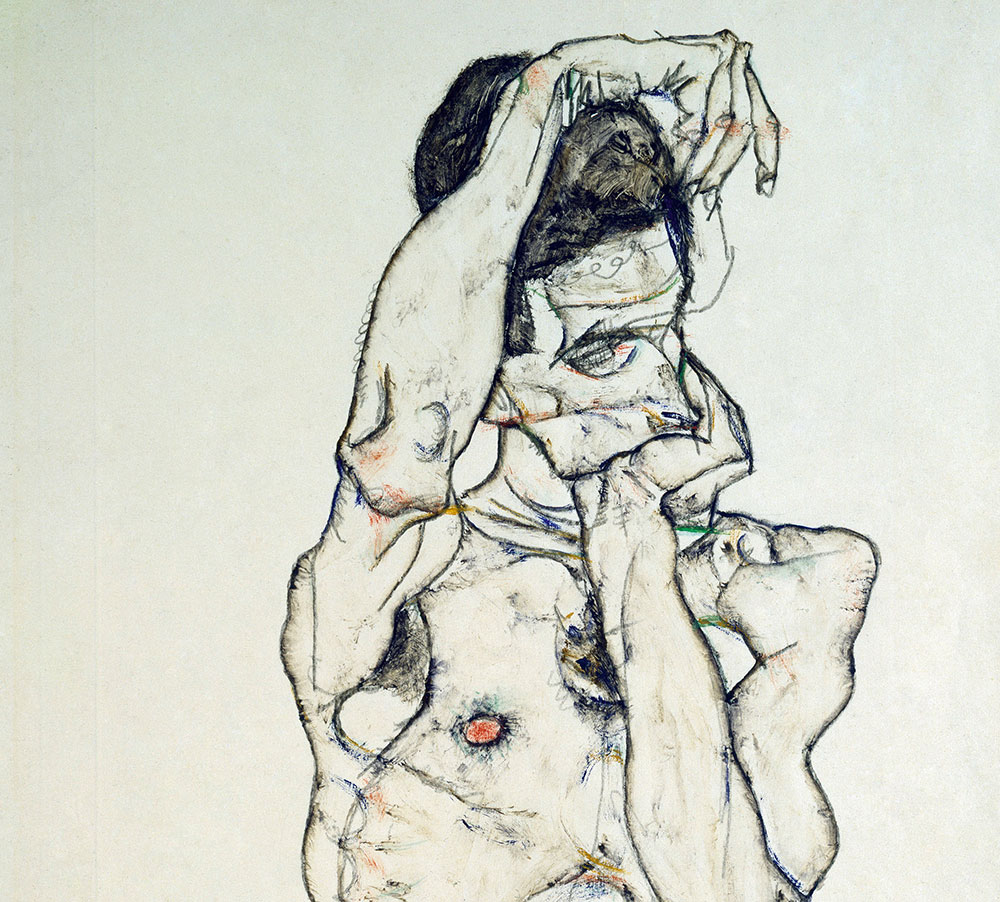 My Favourite Painting: Rob Houchen
My Favourite Painting: Rob HouchenThe actor Rob Houchen chooses a bold and challenging Egon Schiele work.
-
 My Favourite Painting: Jeremy Clarkson
My Favourite Painting: Jeremy Clarkson'That's why this is my favourite painting. Because it invites you to imagine'
-
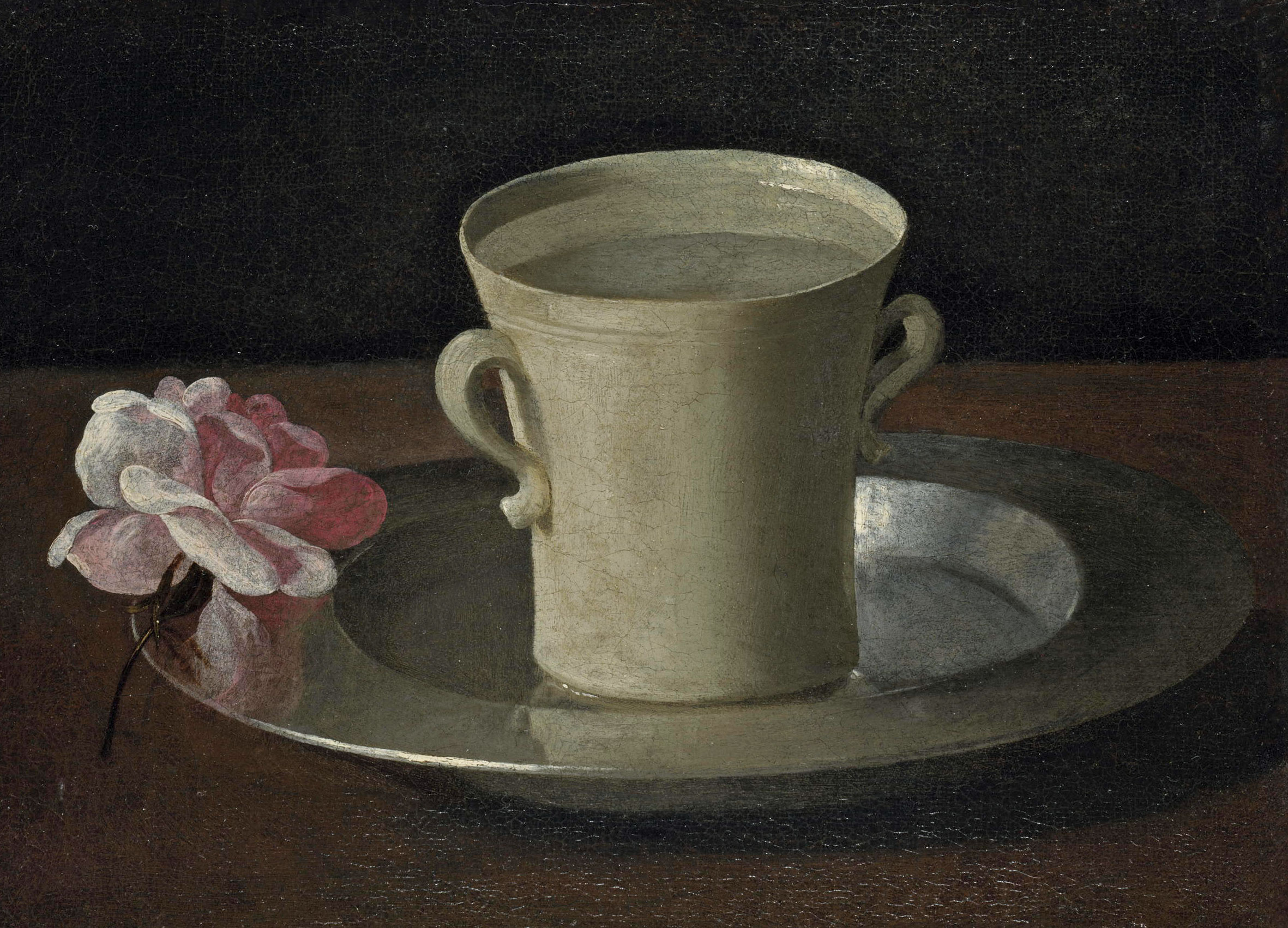 The chair of the National Gallery names his favourite from among the 2,300 masterpieces — and it will come as a bit of a shock
The chair of the National Gallery names his favourite from among the 2,300 masterpieces — and it will come as a bit of a shockAs the National Gallery turns 200, the chair of its board of trustees, John Booth, chooses his favourite painting.
-
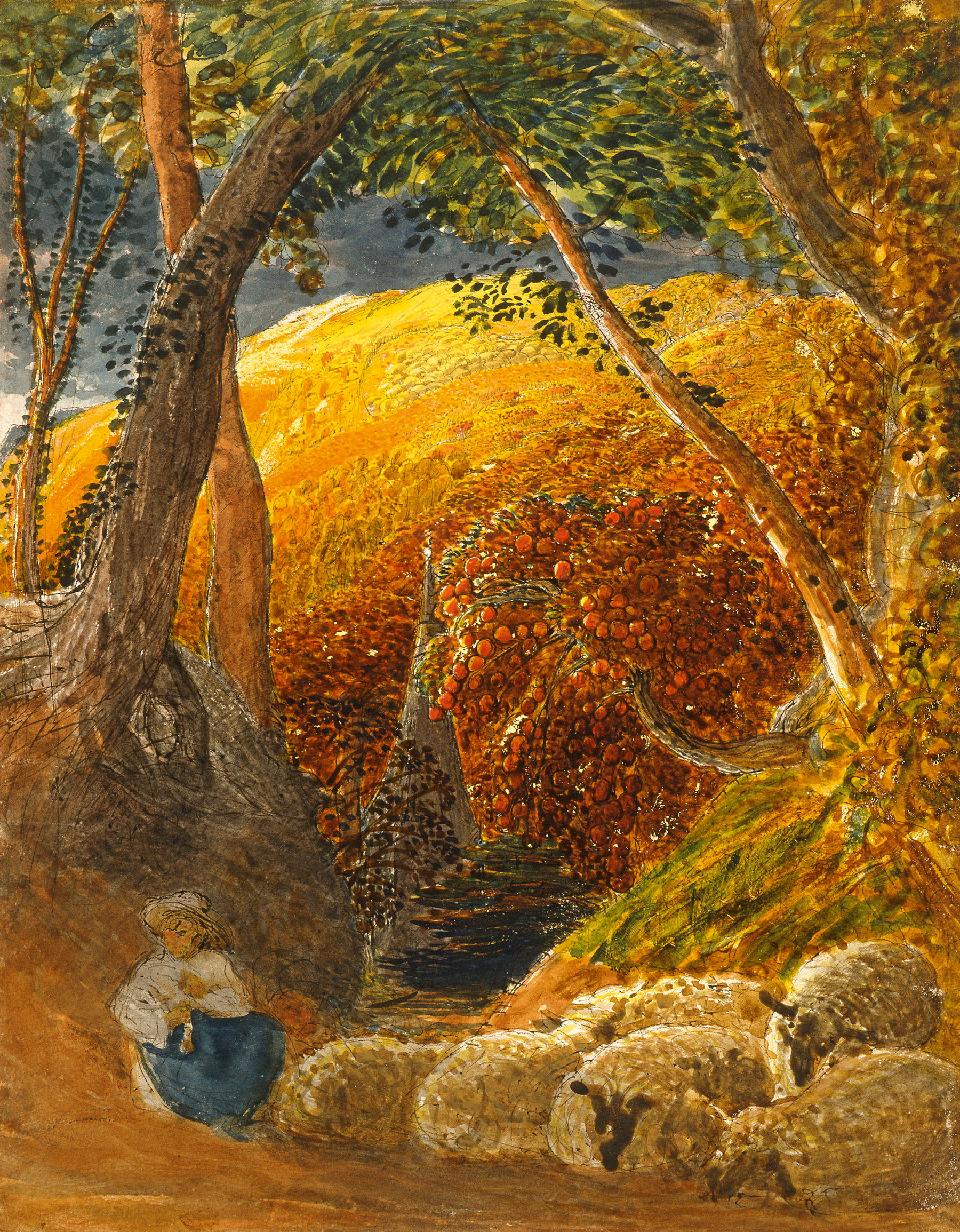 'A wonderful reminder of what the countryside could and should be': The 200-year-old watercolour of a world fast disappearing
'A wonderful reminder of what the countryside could and should be': The 200-year-old watercolour of a world fast disappearingChristopher Price of the Rare Breed Survival Trust on the bucolic beauty of The Magic Apple Tree by Samuel Palmer, which he nominates as his favourite painting.
-
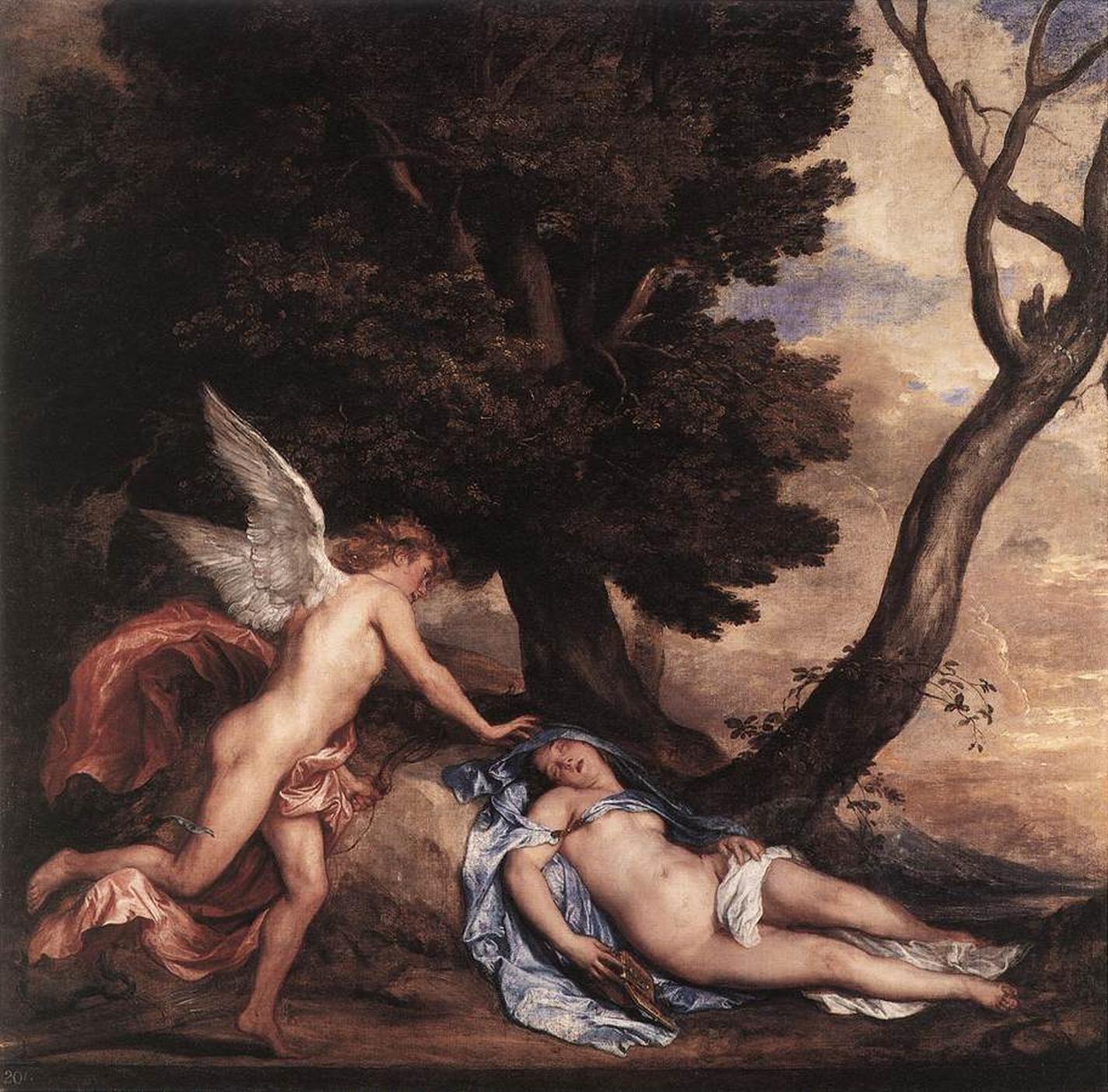 My favourite painting: Andrew Graham-Dixon
My favourite painting: Andrew Graham-Dixon'Lesson Number One: it’s the pictures that baffle and tantalise you that stay in the mind forever .'